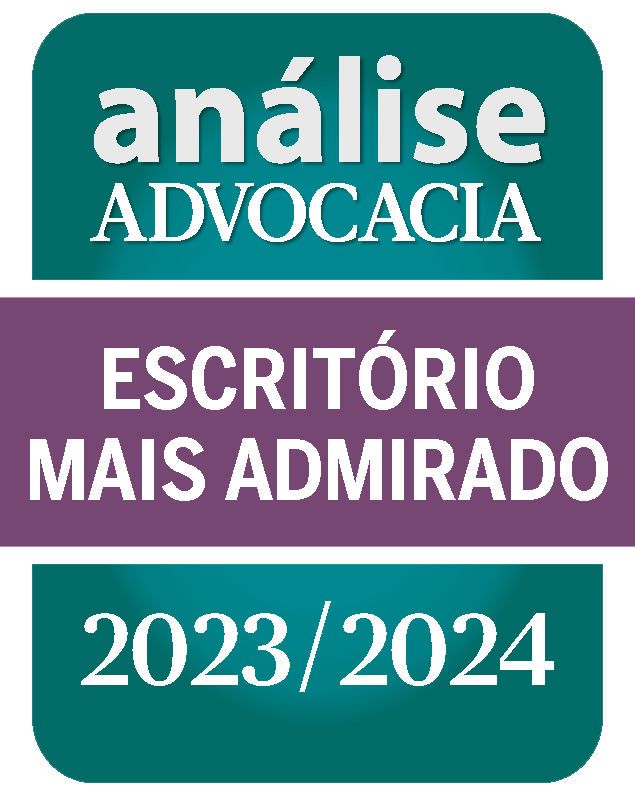12/2/2020
In times of low interest, investment in private securities is more attractive than in government bonds, making debentures an alternative for fixed income investors and a way of raising funds.
At the same time, there is a greater appreciation of bonds issued by companies that have socially responsible attitudes, focused on the most diverse aspects of sustainability and humanization.
This demand resulted in so-called green bonds.
The characterization of a green title and its emission criteria depend on guidelines defined by the issuers and validity by independent certification agents. The characterization of a green title and its emission criteria depend on guidelines defined by the issuers and validity by independent certification agents. There are no pre-defined rules for classifying a project / emission as green, even so, the market tends to adopt “standard” practices.
In Brazil, Febraban, for example, indicates the use of the Green Bonds Principles guideline, but there are other guidelines from multilateral banks, such as the European Investment Bank (EIB) or the Inter-American Development Bank (IDB). CVM itself entered into a partnership with the IDB to develop Brazilian regulation on the subject.
According to the Climate Bonds Initiative (CBI), Brazil issued US $ 5.13 billion in green bonds in 2019 and in the same year, the issuance of debentures and green loans reached the global level of US $ 256.7 billion.
Business managers and project planners must closely monitor the changes and opportunities that are emerging and in line with the universe of ESG (Environmental Social and Governance) Investments emerging. There are several financial and behavioral economics studies that relate the good management of business risk to the increase in the institutional investor base. These studies demonstrate a greater integration between project returns and green finance, obtaining attractive financial results together with reputational gains.
Although most of the emissions from these bonds are aimed at reducing carbon emissions and climate change, there is an enormous potential for capturing green bonds in infrastructure projects., And considering other practices than just those related to climate. Just take as an example the success of the fundraising carried out by Grupo Iguá Saneamento and the first Social Debenture in the amount of R $ 50 million issued by fintech Gyra + and structured by VERT Capital.
In the Infrastructure sector, there is no lack of legislative incentives for the promotion of green bonds and sustainable bids, which can adopt sustainable technical and financial elements as complementary criteria for valuing bidders’ proposals.
TCU has been addressing the issue since mid-2011, under the aegis of paragraph 1 of article 4 of Law 12.462 / 2011 (Differentiated Public Procurement Regime), which provides that contracts carried out based on the RDC must respect environmental standards.
Not least, the Federal Constitution in its art. 170, item VI, allows for differentiated treatment of products and services, according to the environmental impact they generate.
Likewise, Law 8,666 / 93 guarantees, in its article 12, item VII, that care for environmental impacts is a fundamental requirement in works and bidding services.
Federal Decree 10,387 / 2020, in turn, encourages the formatting of Public Private Partnerships (PPPs) that provide relevant environmental or social benefits
In this context, we can foresee a growth trend in public tenders for infrastructures that require technical qualifications that meet sustainability criteria, be financed by the issuance of green bonds and increasingly demand ESG practices.
It will not be a surprise if sustainable development becomes an issue for public bodies and a point of attention for the private sector, with effects on the financial sector. The legal framework is in place. It remains for the stakeholders to be creative. Let us look forward to the news.
Coauthors: Ana Beatriz Alcântara, Alberto Sogayar, Felipe Sogayar e Tácito Ribeiro de Matos.


